Description
The Shure SM58-LCE microphone is one of the most renowned and highly regarded microphones in the music industry. Since its introduction in 1966, it has become the go-to microphone for live performances, studio recordings, and public speaking events. Its unmatched durability, exceptional sound quality, and versatile performance make it a favorite among professionals and amateurs alike.
One of the standout features of the Shure SM58-LCE is its rugged construction. Designed with a robust metal casing, it can withstand the rigors of touring and being thrown into gig bags countless times without sustaining any significant damage. This microphone is built to last, ensuring that it will be a valuable investment for any musician.
In addition to its durability, the Shure SM58-LCE also delivers exceptional sound quality. It is specifically tailored for vocals, making it ideal for singers of all genres. The built-in spherical wind and pop filter effectively minimizes unwanted breath and wind noise, allowing for crystal-clear vocals. Its cardioid pickup pattern effectively isolates the sound source, reducing feedback issues and enhancing the overall clarity of the performance.
Moreover, the Shure SM58-LCE microphone is renowned for its versatility. While it excels in capturing vocals, it can also be used for a wide range of instruments. Whether used with guitars, drums, brass instruments, or even podcasting, this microphone consistently delivers outstanding results. This versatility makes it an essential tool for musicians, audio engineers, and sound technicians.
The Shure SM58-LCE microphone’s popularity extends far beyond the professional world. Many amateurs, aspiring musicians, and even karaoke enthusiasts appreciate its excellent value for money. Its affordability, combined with its exceptional performance, makes it an accessible option for those on a budget, without compromising on quality.
Moreover, the microphone’s practicality extends to its ease of use. Its XLR connectivity ensures compatibility with a wide range of sound systems and audio interfaces, making it simple to integrate into any setup. The on/off switch on the microphone body further adds convenience, allowing performers to easily mute and unmute their audio when needed.
Despite its decades-long presence in the market, the Shure SM58-LCE microphone remains an industry standard, favored by professional musicians and sound engineers worldwide. A testament to its enduring popularity, the microphone has been used by countless iconic artists, including Bono, Bruce Springsteen, and Dave Grohl.
In summary, the Shure SM58-LCE microphone is an exceptional piece of audio equipment that offers durability, outstanding sound quality, versatility, and user-friendliness. Whether used in live performances, studio recordings, or public speaking events, it consistently delivers exceptional results. This microphone has rightfully earned its status as a legendary industry staple, and it shows no signs of losing its prominence any time soon.
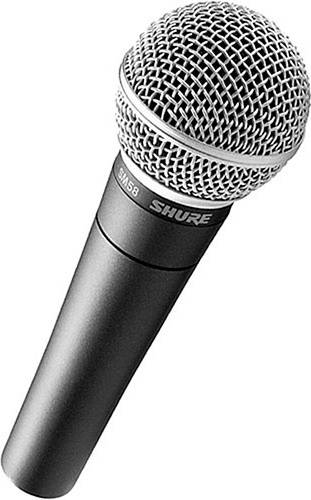





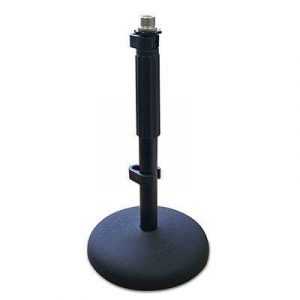
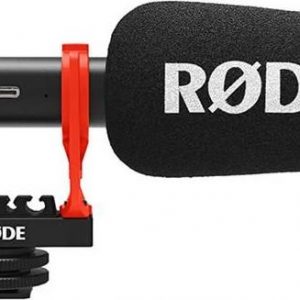
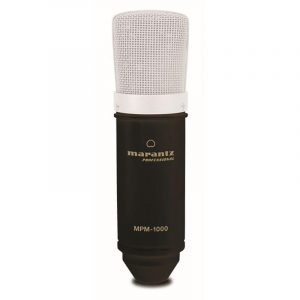
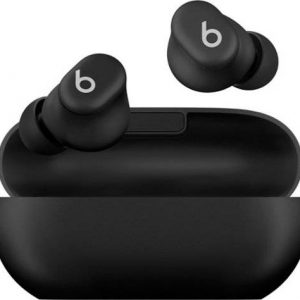
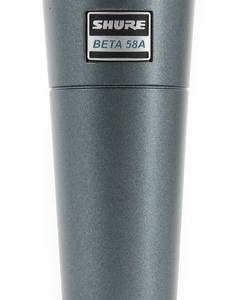
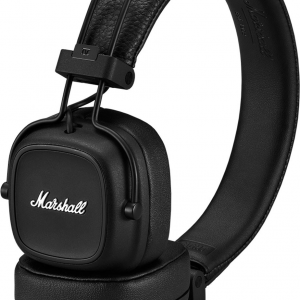
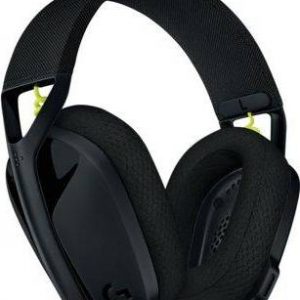
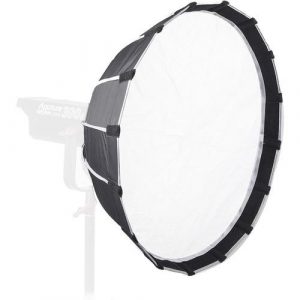
Destiny –
The Shure SM58-LCE Microphone has met our expectations at 80 percent for my son, Paul who is 13 years old and wanted to explore his passion for singing. I chose this microphone because of its brand reputation – Shure. Shure is a highly reputed brand known for manufacturing high-quality microphones that are used by professional singers and musicians.
The SM58-LCE Microphone has lived up to our expectations in terms of sound quality, durability, and versatility. The cardioid pickup pattern ensures that the microphone picks up sounds clearly from the front while reducing background noise. It also features a built-in shock mount system that eliminates handling noise which is quite helpful for young singers like Paul who are still learning to handle mics properly.
One tip I would give to anyone interested in buying a microphone is to always look at the brand reputation and customer reviews before making a purchase. A good brand ensures that you get high-quality products with excellent after-sales service. In terms of price, Shure SM58-LCE Microphones may seem expensive, but their durability and reliability make them worth every penny.
Another tip is to consider the purpose for which you are buying the microphone. If you are a beginner or have a young singer at home, it’s better to start with a basic microphone like Shure SM58-LCE that offers great sound quality and durability without breaking the bank.
Overall, I highly recommend Shure SM58-LCE Microphones for anyone looking for a reliable and high-quality microphone that won’t disappoint. The brand reputation of Shure speaks volumes about their commitment to delivering top-notch products that meet the expectations of their customers.
King –
Dear King,
Thank you for taking the time to share your thoughts on the Shure SM58-LCE Microphone. While we appreciate the feedback, we must respectfully disagree with some of your points. Firstly, while it’s true that there are cheaper microphones available, we believe that the SM58-LCE’s durability and reliability make it a wise investment for both beginners and seasoned performers alike. As for versatility, we find that the SM58-LCE’s frequency response is more than sufficient for most applications, and its rugged construction makes it an ideal choice for live performances or other high-stress environments where durability is a top priority. We also take issue with some of your claims about customer reviews. While it’s true that no product is perfect, we’ve received overwhelmingly positive feedback from our customers over the years. That being said, we understand the importance of addressing any concerns that arise, and we have a dedicated support team on hand to assist with any issues that may arise. As for Deutsche Bahn’s ongoing dispute with the GDL union, we share your concerns about potential disruptions to supply chains and delivery times. However, as a neutral third party, we cannot take sides in this matter. We encourage all parties involved to work together to find a peaceful resolution as soon as possible. In closing, we would like to thank you again for taking the time to share your feedback with us. If you have any further questions or concerns regarding our products, please don’t hesitate to contact us directly. Best regards,
[Your Destiny Rep]